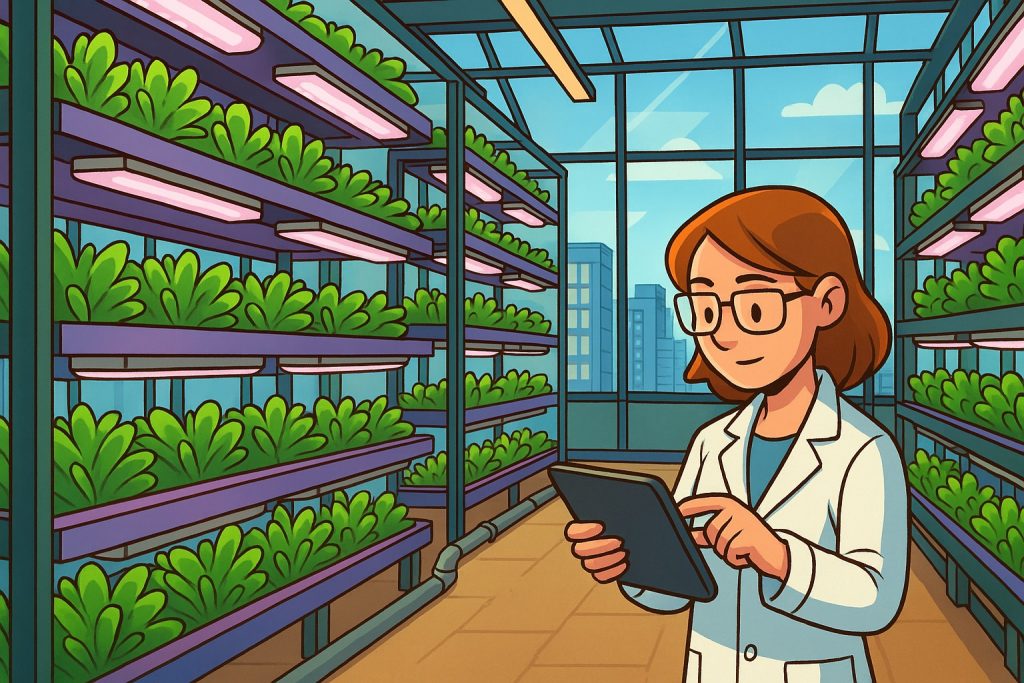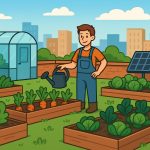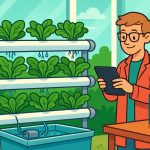As the global population grows and arable land becomes scarce, vertical farming offers a revolutionary solution to feed the world more efficiently. Instead of spreading across vast fields, these farms grow crops in stacked layers, often in controlled indoor environments, using far less land, water, and chemicals than traditional agriculture.
What Is Vertical Farming?
Vertical farming is a method of growing plants in vertically stacked shelves or towers, usually inside buildings or shipping containers. These systems often use hydroponics, aeroponics, or aquaponics to deliver nutrients without soil.
LED lighting replaces sunlight, and climate control systems manage temperature, humidity, and airflow — making it possible to grow crops year-round, anywhere in the world.
Advantages of Vertical Farms
- Space efficiency: Uses 90–99% less land than traditional farming.
- Water conservation: Uses up to 95% less water through recirculating systems.
- Local production: Farms can be located in cities, reducing food transport and emissions.
- Pesticide-free: Controlled environments eliminate the need for most chemical pesticides.
- Consistent yields: Crops grow faster and more predictably.
Challenges
- High energy use: Lighting and climate systems require significant electricity.
- Startup costs: Infrastructure and technology investments are high.
- Crop variety limits: Leafy greens and herbs thrive, but fruits and root vegetables are harder to grow efficiently.
Despite these challenges, improvements in renewable energy integration and automation are making vertical farms more viable and sustainable every year.
The Future of Farming?
Vertical farming may not replace traditional agriculture entirely, but it could complement it — especially in urban areas and regions with limited natural resources. From futuristic skyscraper farms in Singapore to compact container farms in rural schools, vertical agriculture is reshaping how we think about food production.
Glossary
- Vertical farming — growing crops in stacked layers or vertically inclined surfaces.
- Hydroponics — growing plants in a water-based, nutrient-rich solution without soil.
- Aeroponics — growing plants with their roots suspended in air and misted with nutrients.
- Aquaponics — a combination of aquaculture (raising fish) and hydroponics in one system.


